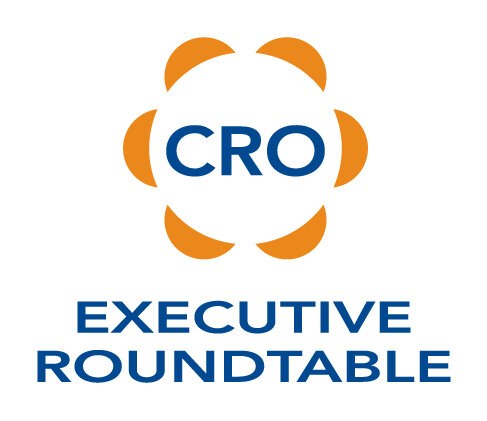Sales is morphing into an asynchronous world. Communication is based more on written words shared via email or text. Training is migrating to an on-demand model that is available at the moment of need. Face-to-face conversations are becoming less frequent. Everything has changed.
How are you handling it? Are you providing your team with the right tools to compete in this changing market? As the Chief Revenue Officer, the responsibility to stay ahead of the curve is mission critical for success.
Saleshacker provides some definitive tools for your consideration. Just to point out a few:
Outreach
Get your email campaigns in order. Outreach helps you track, pace, analyze and automate your email and voice messages to your customers. By integrating Outreach into your CRM, you’ll never have to manually log your messaging activities and outcomes, freeing more time for you to book more meetings, close deals and make better-informed decisions.
6sense
Accelerate your account management process with market-leading analytics. 6sense adds a data-driven layer to your sales cycle, unlocking and prioritizing new prospects across your pipeline. Use 6sense’ predictive intelligence to accurately forecast your customers’ purchasing behavior in a specific context.
ClearSlide
ClearSlide is a full-stack sales engagement service covering content management, analytics and smart messaging. Use ClearSlide to ramp up the quality and impact of your emails, conferences, presentations and other engagements. Persuade your customers and prospects with the most compelling content. Motivate and train your team with the most effective and inspirational learning modules.
Of course there are many more found in their comprehensive list. As a CRO, you owe it to yourself to check out the list and see what tools could help your team be more effective in this asynchronous sales world.





